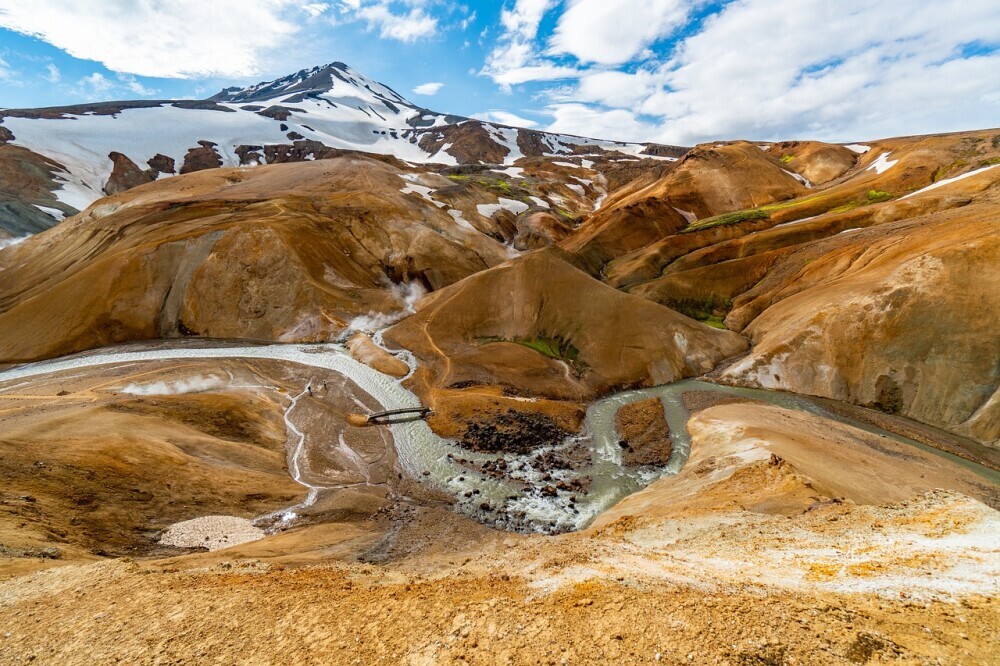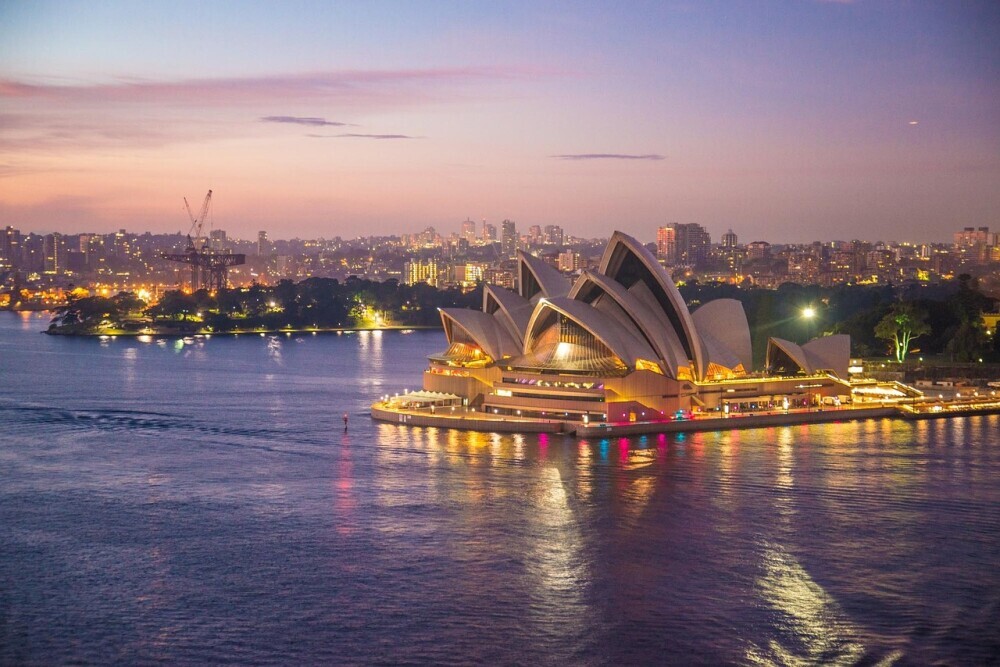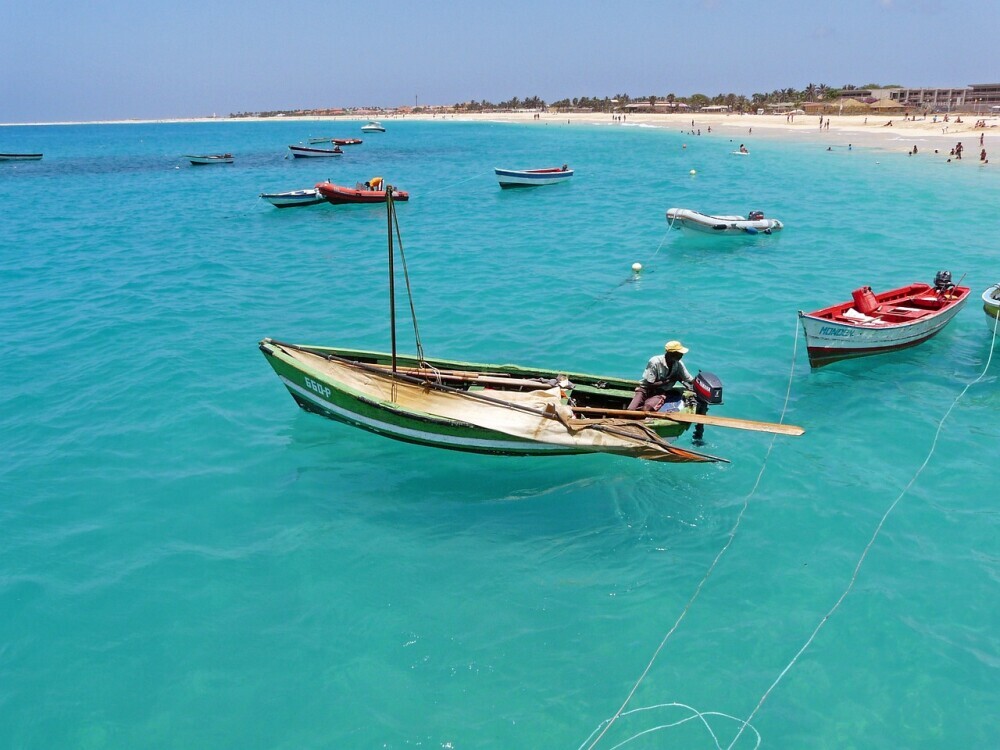Introduction
Feeling safe while traveling is like having the perfect playlist for a road trip—it sets the tone for the entire experience. Whether you’re exploring bustling cities or seeking tranquility in nature, safety plays a key role in making travel enjoyable. For first-time international travelers, concerns about security, unfamiliar cultures, and new environments can feel overwhelming. However, having a solid understanding of the safest destinations can turn uncertainty into confidence, ensuring that travel is more about adventure and less about stress. As we look ahead to 2025, knowing which countries offer the highest levels of safety can help travelers make informed decisions and enjoy their journeys with peace of mind.
Safest Destinations for 2025
- Berkshire Hathaway Travel Protection Report: This annual study highlights the safest countries for travelers, considering factors like crime rates, infrastructure, and political stability.
- Iceland Ranked #1: Iceland climbed from the ninth position in 2024 to the top spot in 2025 due to its low crime rates, minimal traffic, and uncrowded landscapes, making it a stress-free travel destination.

- Other Safe Countries: Countries such as Australia, Canada, Switzerland, and Ireland also rank among the safest, offering a combination of well-developed infrastructure, strong governance, and low crime levels.

- Island Nations: Destinations like Seychelles, Cape Verde, and the Marshall Islands stand out for their stability and peaceful environments.

Key Safety Insights from International SOS
- Risk Map 2025: This comprehensive report assesses security, medical, climate, and mental health risks in over 1,000 locations worldwide.
- Low-Risk Destinations: Scandinavian countries (Denmark, Norway, Finland) consistently rank among the safest due to their effective governance, emergency services, and low crime rates.
- Medical Safety: Countries with the best healthcare infrastructure include the United States, Canada, Japan, Australia, and much of Europe.
- Climate-Related Risks: Some of the safest countries for climate resilience include New Zealand and the UAE, which have strong environmental policies and sustainable infrastructure.
- Mental Health Considerations: Countries like Vietnam, Iceland, and Norway score well due to societal well-being, work-life balance, and accessible mental health support.
High-Risk Destinations
- Conflict Zones: Afghanistan, Libya, Yemen, Somalia, and Syria remain among the riskiest due to ongoing conflicts and weak governance.
- Political and Social Unrest: Countries such as Sudan, Lebanon, and Venezuela are experiencing increasing instability, making travel more challenging.
- Crime Hotspots: Certain regions in South Africa, Mexico, and Kenya have seen increased risk levels due to crime and social unrest.
- Climate and Medical Concerns: Countries like Mali, Chad, and the Philippines face heightened risks due to resource scarcity, extreme weather events, and limited healthcare access.
Conclusion
Staying informed about global safety trends allows travelers to plan their trips with confidence. Whether you’re seeking adventure in low-risk destinations like Iceland and Switzerland or navigating the challenges of higher-risk regions, knowledge is the key to a smoother, more enjoyable experience. By considering factors like security, healthcare, climate risks, and mental well-being, travelers can make smarter decisions and focus on what truly matters—embracing the joy of discovery while staying safe.
Coming from South Africa myself, it’s somewhere I’ll always like to travel to. Being informed of the risks is the best way to navigate and enjoy your trip.
Read next: Safety Tips For Travelers
Get a Roamless eSIM – Travel Internet & Calls
Pay-as-you-go.
No traditional data plans.
Up to 90% cheaper than roaming.
Here’s a little transparency: Our website contains affiliate links. This means if you click and make a purchase, we may receive a small commission. Don’t worry, there’s no extra cost to you. It’s a simple way you can support our mission to bring you quality content.
